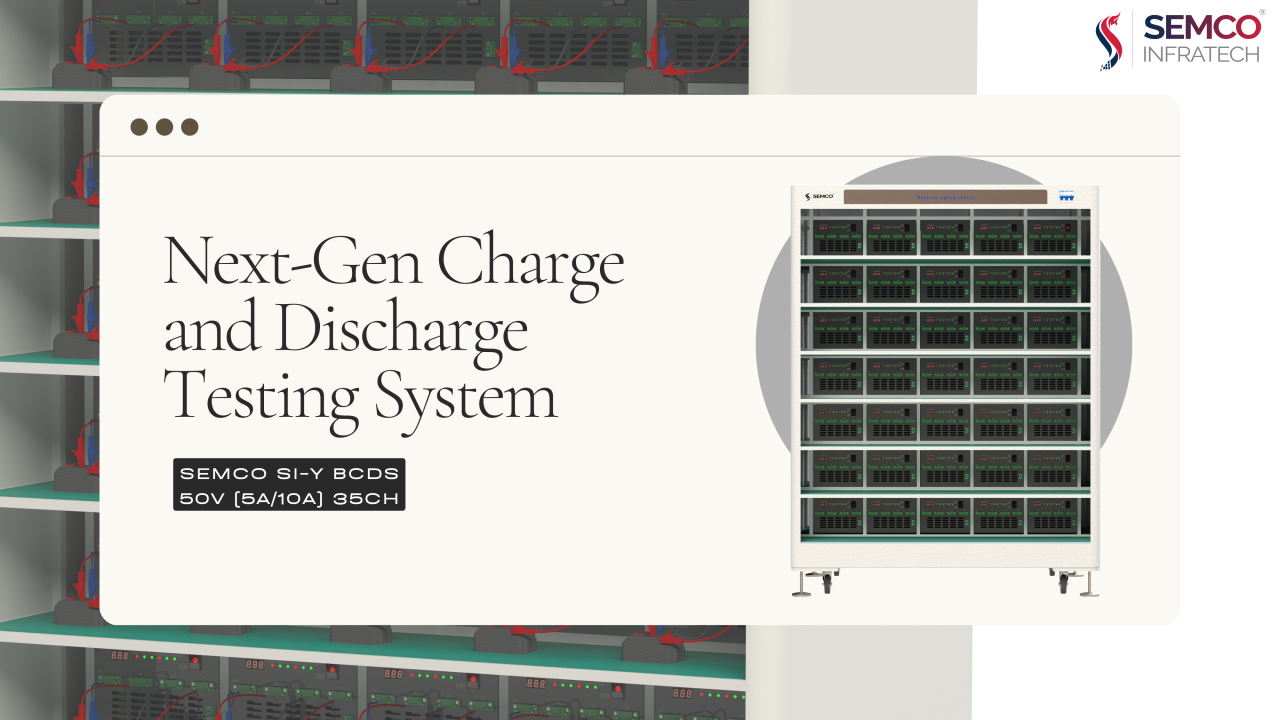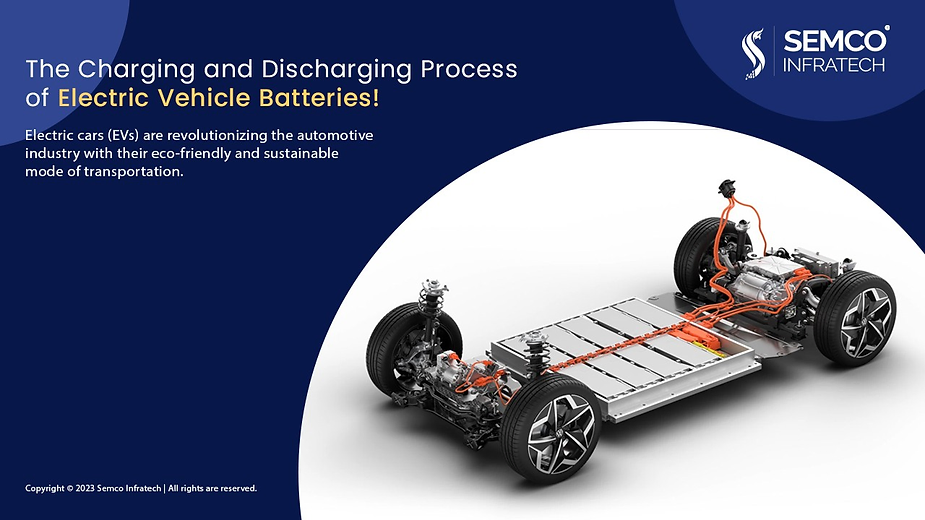Lithium-ion batteries are ubiquitous in today’s world, found in everything from smartphones to electric vehicles. Ensuring the efficient and safe charging of these batteries is paramount. In this article, we will delve into the principles of lithium-ion battery charging, focusing on how voltage and current change over time during the charging process. To illustrate these concepts, we will use ternary lithium batteries as an example.
I. The Charging Characteristics of Lithium-ion Batteries
Charging a lithium-ion battery involves precise control of both the charging voltage and charging current. Lithium-ion batteries have unique charging characteristics, unlike other types of batteries, such as cadmium nickel and nickel-metal hydride. Notably, lithium-ion batteries can be charged at any point during their discharge cycle, maintaining their charge effectively for more than twice as long as nickel-hydrogen batteries.

Here is a general overview of how the voltage and current change during the charging process of lithium-ion batteries:
- Voltage Rise and Current Decrease: When you start charging a lithium-ion battery, the voltage initially rises slowly, and the charging current gradually decreases. This initial phase is characterized by a gentle voltage increase.
- Steady Voltage and Declining Current: As the battery charges, it reaches a point where its voltage levels off at approximately 4.2V (for many lithium-ion batteries). At this stage, the battery voltage remains relatively constant, while the charging current continues to decrease.
- Charging Termination: The charging process is considered complete when the charging current drops to a specific predetermined value, often around 5% of the initial charging current. This point is commonly referred to as the “charging cut-off current.”
II. Key Parameters in Lithium-ion Battery Charging
Several crucial parameters are involved in lithium-ion battery charging:
- Charging Voltage: This is the voltage applied to the battery during the charging process. For lithium-ion batteries, the charging voltage typically peaks at around 4.2V.
- Cut-off Voltage: The cut-off voltage is the minimum voltage at which the battery is allowed to discharge during charging. Going below this voltage can damage the battery.

- Charging Stages: Lithium-ion battery charging involves four stages: trickle charging (low-voltage pre-charging), constant current charging, constant voltage charging, and charging termination.
- Charging Current: This parameter represents the current delivered to the battery during charging. It decreases as the battery charges and approaches the termination point.
- Trickling Charging: This is a pre-charging stage for deeply discharged batteries, particularly those with a voltage lower than approximately 3V. It involves charging at a low current, typically about 10 percent of the set charging current.
- Battery Characteristic Curve: This curve depicts the relationship between voltage and capacity during charging. It helps visualize how voltage changes as the battery charges.
III. Precautions in Lithium-ion Battery Charging
When charging lithium-ion batteries, it’s important to follow specific precautions to ensure safe and efficient charging:
- Use Dedicated Chargers: Lithium-ion batteries require dedicated chargers designed for their specific voltage and current characteristics. Avoid using lead-acid battery chargers, as they have different voltage levels.
- Frequent Charging: To extend the life of lithium-ion batteries, they should be charged before reaching a low state of charge, ideally when they’re at around 80% capacity. Avoid allowing them to fully discharge before recharging.
- Proper Storage: When not in use, lithium-ion batteries should not be left in a discharged state. It’s advisable to store them with a reasonable charge level.

- Temperature Considerations: Charging should occur within the specified temperature range for the battery. Charging at extreme temperatures can affect battery health.
- Charging Cycles: Be aware that lithium-ion batteries have a finite number of charge cycles. Over time, their capacity will decrease due to the degradation of electrode materials.
- Charger Safety Features: High-quality chargers often include safety features such as over-temperature protection and over-voltage protection to prevent damage to the battery.
In conclusion, understanding how voltage and current change during the charging process of lithium-ion batteries is crucial for safe and efficient charging. By adhering to the recommended charging parameters, and precautions, and using dedicated chargers, you can help prolong the life of your lithium-ion batteries and ensure their reliable performance.






